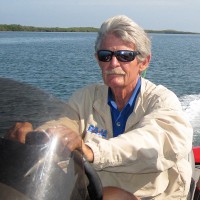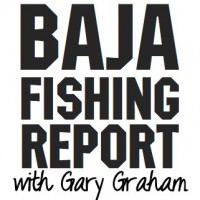
Accompanied by rain on the West Coast of Baja, 2020 came in cold and dreary. However, as the month progressed, fishing seemed to shake off the wet blanket atmosphere and produced a mixed bag. Calico bass were found in the kelp off the Bull Ring, while sand bass and legal-sized halibut were in the flats between the coast and Coronado Islands.
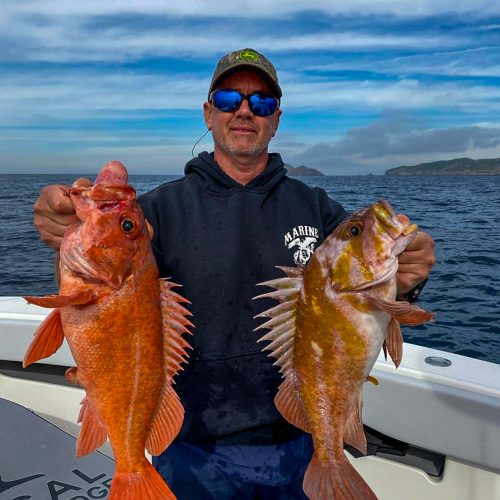
At both the Island and Rockpile, bottom fishing offered limits all around, while surface action was dominated by bonito with occasional yellowtail.
Ensenada boats were scoring limits of rockfish, some nice-sized lingcod, and surface action for yellowtail and bonito.
There are still some boats running from San Diego and Mission Bay Sportfishing Landings to Colonet, taking advantage of the wide-open bottom fishing and the anticipated yellowtail action as February settles in.
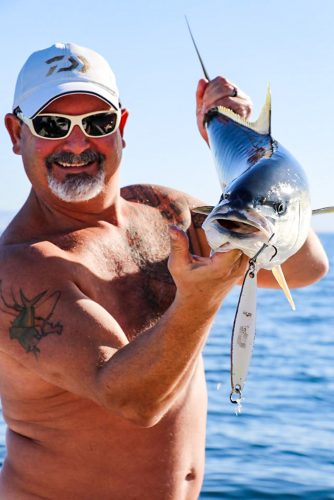
Meanwhile, San Quintín has been experiencing some of the best yellowtail fishing that it’s had in recent memory this early in the year. Reports are that several fishing groups dashed down for a quickie weekend trip and were not disappointed.
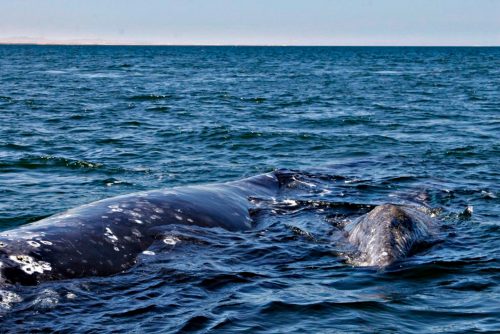
Marine scientists at Laguna Ojo de Liebre announced that 38 female gray whales with 14 pups had been recorded already. Farther down at San Ignacio, the counts are even higher, indicating a robust whale-watching opportunity throughout February and March.
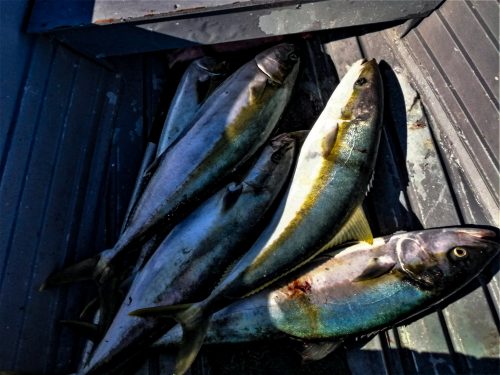
Along the Vizcaíno Peninsula from Bahía Asunción, La Bocana, and Punta Abreojos, the season seems to have extended longer than usual with limits of yellowtail and calico bass. Bottom fishing has continued as well for a variety of species; plus, an ongoing sierra bite is holding its own.
When the wind subsides across the Baja Peninsula at Bahía de Los Ángeles, the bottom fishing has been pretty good with lots of variety, according to locals.
Farther south, north winds dominate the discussion. However, at Loreto, judging from the catches coming into the docks, it’s a great red snapper season.
A few yellowtail to 25 pounds have been landed at a couple of spots with San Bruno and around Coronado Island the destinations for most boats dodging the off and on-again north winds.
There’s plenty of live bait available, which is perfect for red snapper and triggerfish. The favorite way to catch triggerfish when they are schooling is with various iron jigs.
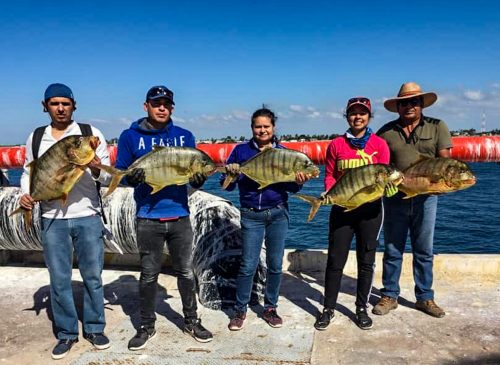
Back on the West Coast at Puerto San Carlos and Puerto López Mateos, the gray whales are attracting most of the attention as hordes of whale watchers descend on both locations. There were reports of golden trevally with a variety of snapper and grouper in the mix as the offshore is often ignored except for sport fishers transiting up and down the Baja Coast.
La Paz and Los Muertos have also been victims of the north winds with mostly windy, rough days offshore. Most of the fishing is confined to inshore species as anglers hugged the coastal areas seeking calmer water and protection from the north winds and choppy ocean.
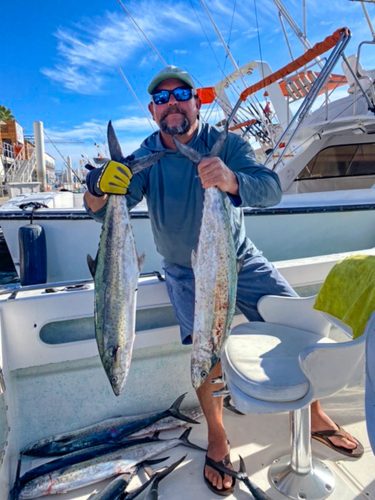
Using Rapalas, stripped bait, squid, and live bait (when it could be found), produced a mixed bag of pargo, snapper, triggerfish, and cabrilla as well as bonito, sierra and jack crevalle. Slowly dragging smaller dark Rapalas over the rocky spots was especially productive.
Despite the winds, it’s been sunny with highs in the mid- to upper-70s and nights down to the mid-50s.
East Cape sportfishing has also slowed considerably as north winds howl. Usually, there are windows of opportunity for anglers to wet a line, but almost always in February. It can be challenging for those with a short window of a few days.
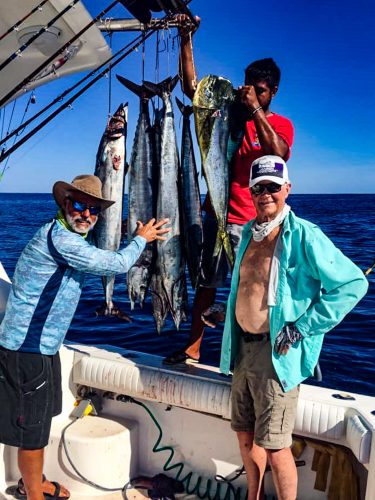
Recent catches have included wahoo and yellowfin tuna, plus some white bonito. Closer to shore, sierra have dominated the tin boat fish reports along with a few small roosterfish and jack crevalle. Perhaps early in February, some yellowtail will be arriving for the winter around the pinnacles outside the La Ribera Marina entrance. A few local Mexican families, enjoying a sunny Sunday afternoon on the beach, reported catching some sierra, as well as a surprise – barred pompano.
Large concentrations of baitfish should be gathering on the grounds just offshore of the San José del Cabo hotel zone – mostly mackerel, and sardineta. Other bait options have included caballito and ballyhoo along with slabs of squid. With all the food sources concentrated in this area, dorado are attracted, but striped marlin are on these same grounds; all are in very close proximity to the local marina. The bait arrival is usually seasonal and gets the locals excited; at times, it only lasts for a week or two.
At Land’s End, striped marlin numbers should remain stable and possibly improve in February. Hopefully, they will continue to hang out off Cabo Falso. Anglers can expect a few shots at the blue and black marlin, with maybe spearfish mixed in. A swordfish or a shark or two could show up in the catch reports.
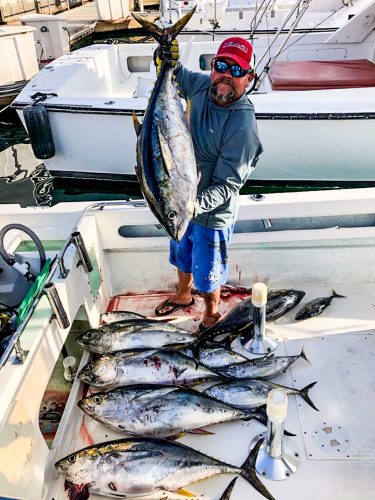
Additional offshore action has been the 30-pound dorado as well as the yellowfin tuna weighing up to 45 pounds, which are often found traveling with the porpoise looking for food.
Adding to the inshore excitement are roosterfish, jack crevalle, and sierra.
Almaco jack, yellowtail, pargo, snapper, grouper, and cabrilla can be found in February while fishing the rocky pinnacles.
Gary Graham, That Baja Guy
thatbajaguy@gmail.com
Questions and comments are always welcome.
With more than five decades of fishing experience – from light tackle and fly to offshore billfish – Gary Graham has experienced all aspects of fishing in the Southern California and Baja waters. His observations of species behavior, tackle and techniques are always from his unique perspective, earning him the respect of his peers as well as anglers who eagerly follow his Baja reports and features.
Gary maintained a home at East Cape in Baja Sur for more than 18 years and still spends nearly half of each year exploring the entire peninsula in his self-contained Roadtrek van. He observes everything Baja, from the mysteries of a tide pool on a deserted Baja beach filled with tiny sea creatures to the largest billfish in the sea.

